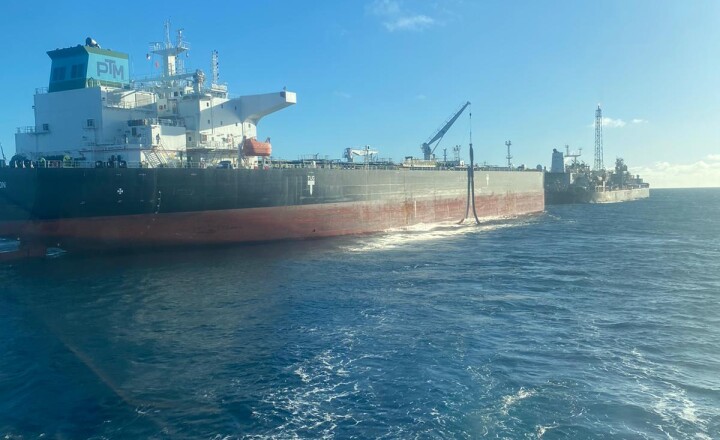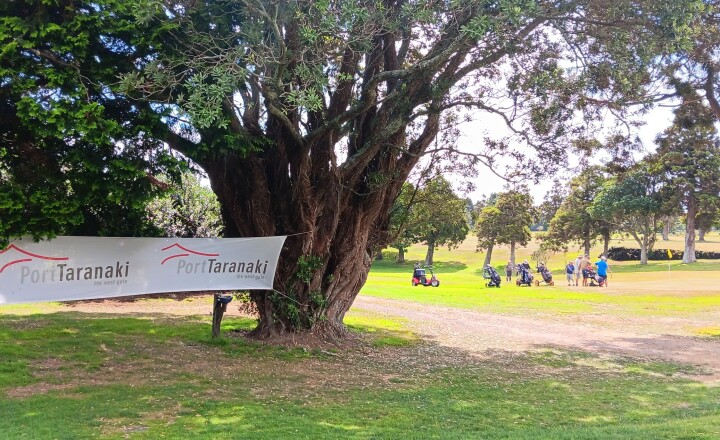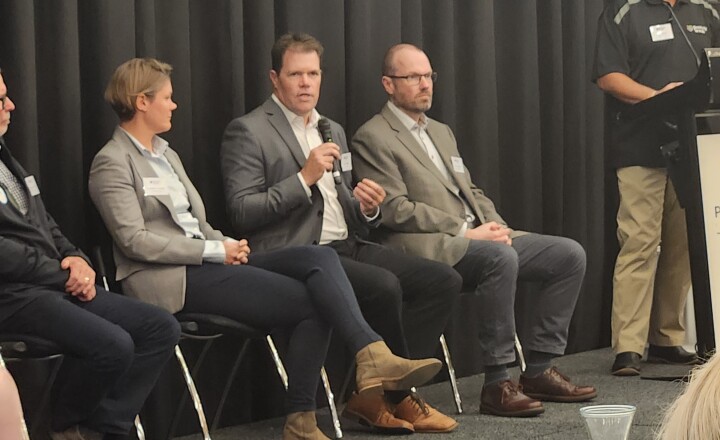Port Taranaki is talking with key stakeholders, groups and individuals as it begins work to renew its harbour maintenance dredging resource consents.
Maintenance dredging is crucial to Port Taranaki’s ability to trade as a deep-water port. The periodic dredging campaigns remove sediment and sand buildup from the harbour – keeping shipping channels clear and safe for trade, and maintaining the port’s status as a lifeline utility should a natural disaster or emergency occur.
Port Taranaki wishes to renew its dredging consents by the end of 2026, and is working towards lodging its consents application with the Taranaki Regional Council, the issuer of the consents, in late 2024.
Port Taranaki chief executive Simon Craddock said there were many groups and individuals who have a particular interest in the harbour and its use, and it was important the port talked with these people early in the process to understand any concerns or questions they may have.
“We’re engaging with key stakeholders, including iwi and hapū, the Taranaki Regional Council, New Plymouth District Council, conservation groups, fishing, diving and surfing groups, and other groups and individuals to hear their thoughts, and for us to explain the consents application process,” Mr Craddock said.
“Operating in and alongside the marine environment, protecting and enhancing the harbour is extremely important to us – as it is to many people in our community. We want to ensure that the public are well-informed and that we are aware of any and all concerns so these can be investigated as part of our studies and preparation, ahead of lodging our consents application.”
Much of the focus of the preparatory work will be the two disposal grounds – inshore and offshore – where the sediment and sand removed during the maintenance dredging campaigns is deposited.
The inshore area, where only clean coarse sand is deposited, was established in 2001 to help replenish New Plymouth beaches because the port’s breakwaters prevent some sand and sediment from naturally drifting north, up the west coast.
Fine sand, which includes more silt and mud, is deposited further offshore.
The deposits are carefully controlled to avoid sand buildup of the intertidal reefs, and before and after each dredging campaign the disposal grounds are surveyed to determine the amount of material in the area.
Marine scientists from the Taranaki Regional Council carry out regular monitoring of the Kawaroa Reef and Arakaitai Reef for sand accumulation, ecological impacts, and the effects on kai moana. To date, under the current disposal approach, there have been no adverse effects on the reefs linked to maintenance dredging.
Ahead of preparing the consent application, the disposal areas will be the subject of detailed assessments and modelling to confirm they are still the best locations, taking account of environmental changes since the consents were originally granted.
Specialist marine science teams will complete extensive scientific work, before detailed baseline environmental studies and an assessment of environmental effects are carried out.
Port Taranaki is also working with local groups to draw on the significant pool of knowledge, experience and expertise to help guide the scientific work.
Port Taranaki has appointed experienced marine and planning consultant Alison Lane as project manager and to assist with developing the dredging consents application.
“It’s important this work is carried out thoroughly and scientifically to determine how best to manage the dredging activities into the future to avoid adversely impacting the environment or the many recreational, cultural and commercial values of our beautiful coast,” Dr Lane said.
“As part of this process, we will carefully assess the behaviour of sediments in the current disposal grounds over the past two decades to see if these are still the most suitable sites or if modification of the sites would be beneficial.
“We’ll work closely with all stakeholders to ensure the application includes a robust and comprehensive assessment of environmental effects.”
Any groups or individuals who would like more information can contact Dr Lane at [email protected].
Check out the Q&A on our project page here.


